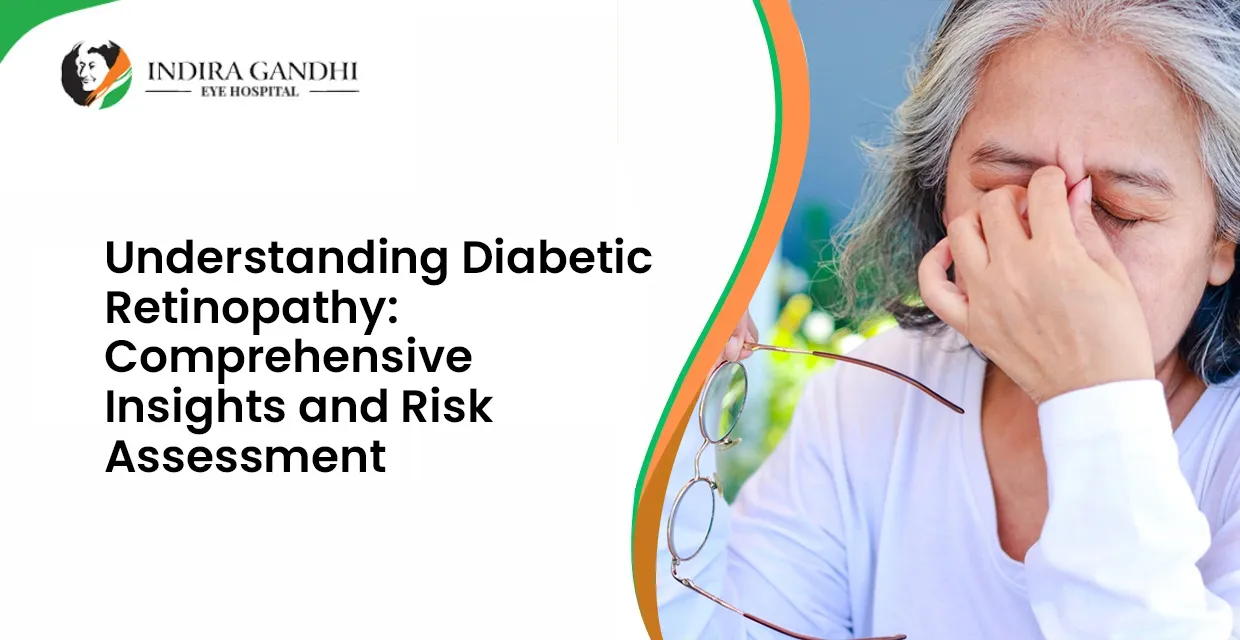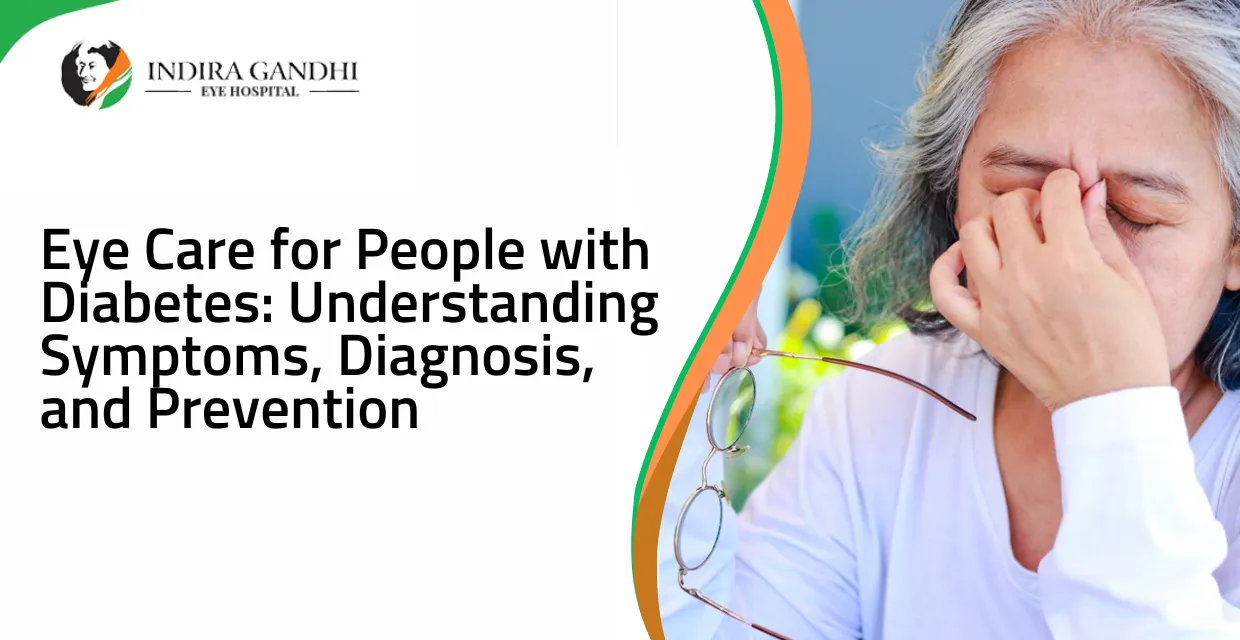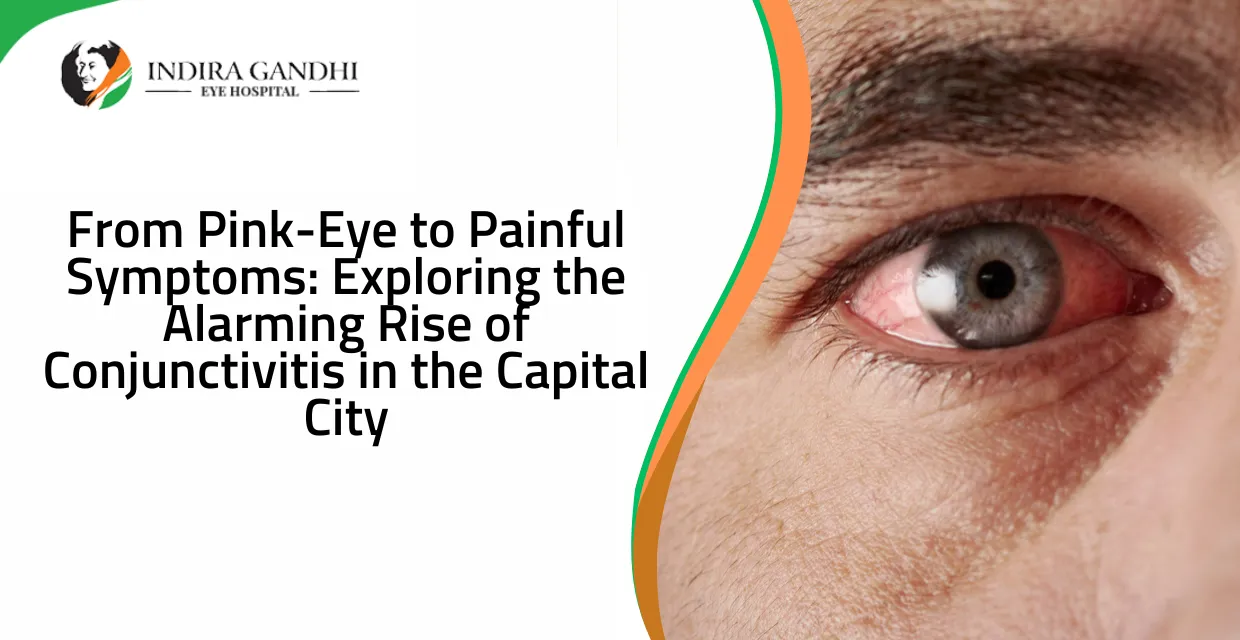Diabetic retinopathy stands as one of the primary vision-threatening complications associated with diabetes. This progressive disease affects the retina's blood vessels, potentially leading to vision impairment or blindness if left untreated. In this comprehensive guide, we aim to provide you with detailed insights into the condition, its causes, and most importantly, measures to determine if you are at risk.
What is Diabetic Retinopathy?
Diabetic retinopathy is a diabetes complication that affects the eyes. Specifically, it targets the retina—the light-sensitive tissue located at the back of the eye. Persistent high blood sugar levels can lead to damage in the tiny blood vessels that nourish the retina, causing them to leak or hemorrhage. Over time, these changes can obstruct vision, making early detection and management crucial.
The Stages of Diabetic Retinopathy
Understanding the progression of the disease is vital to both its prevention and treatment. Here are the stages:
Mild Nonproliferative Retinopathy: The earliest stage where small areas of balloon-like swelling occur in the retina's tiny blood vessels.
Moderate Nonproliferative Retinopathy: As the condition progresses, some blood vessels that nourish the retina become blocked.
Severe Nonproliferative Retinopathy: A greater number of blood vessels are blocked, depriving several retina areas of their blood supply.
Proliferative Diabetic Retinopathy (PDR): In this advanced stage, the retina releases growth factors causing the proliferation of new blood vessels. However, these new vessels are abnormal and fragile, leading to further complications.
Risk Factors: Are You Susceptible?
Several risk factors can increase the probability of developing diabetic retinopathy:
Duration of Diabetes: The longer you have diabetes, the greater the risk.
Uncontrolled Blood Sugar: Erratic blood sugar levels can accelerate the onset and progression.
High Blood Pressure: Elevated blood pressure levels can exacerbate the condition.
High Cholesterol: Elevated lipid levels can increase the risk.
Pregnancy: Diabetic women may face an increased risk during pregnancy.
Tobacco Use: Smoking or using other forms of tobacco can elevate risk.
Ethnicity: People of Hispanic, African, and Native American descent may have a higher risk.
Preventive Measures and Management
Prevention remains the best defense against diabetic retinopathy. Implementing the following measures can significantly mitigate risks:
Regular Eye Examinations: Early detection can lead to timely interventions.
Maintain Optimal Blood Sugar Levels: Regular monitoring and medication adherence are pivotal.
Manage Blood Pressure and Cholesterol: Regular check-ups and adherence to prescribed medications can help.
Prompt Medical Attention: If you notice sudden vision changes or floaters, seek medical attention immediately.
Educate Yourself: Staying informed about diabetes and its complications is a proactive step towards prevention.
Conclusion
Diabetic retinopathy is not just a disease of the eye but a reflection of systemic health, particularly in relation to diabetes management. With awareness, timely intervention, and a proactive approach to managing risk factors, vision loss due to diabetic retinopathy treatment in India can often be prevented or minimized. Regular eye check up in gurgaon at Indira Gandhi Eye Hospital & Research Centre and an informed approach are your best defenses against this condition. Stay vigilant, stay informed, and prioritize your eye health.





